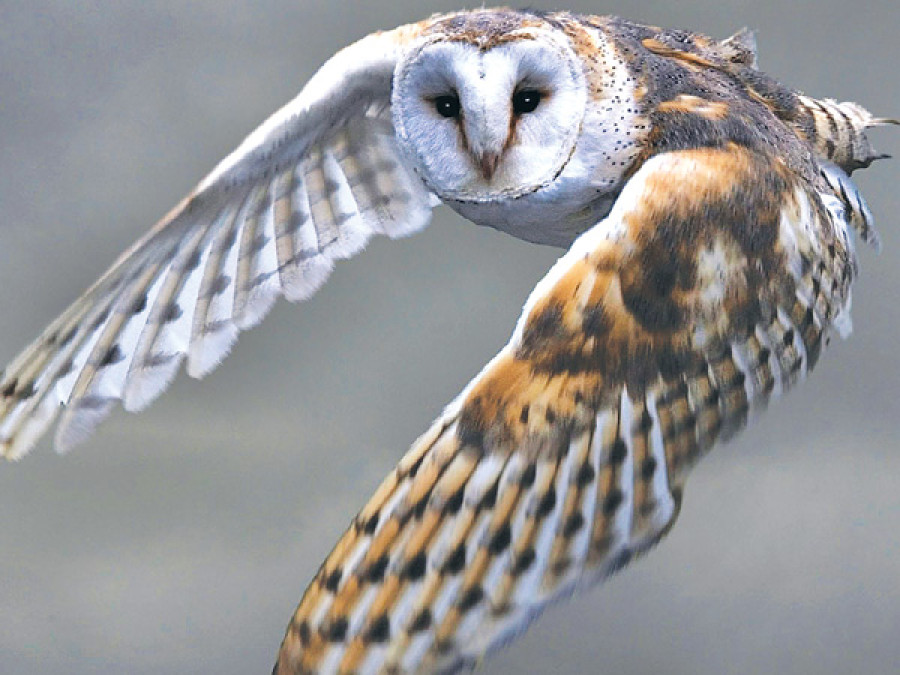Entertainment
A case for the endangered owls
Around 225 species of owl are found in the world; of which, two were listed on the IUCN Red List last year. Nepal is home to a total of 21 species of owl and four species among them are categorised as endangered.
Diwakar Sapkota
Around 225 species of owl are found in the world; of which, two were listed on the IUCN Red List last year. Nepal is home to a total of 21 species of owl and four species among them are categorised as endangered. However, none of the species of owl found in Nepal are prioritised in the IUCN Red List 2015; due to which, their status is often overlooked by institutional agencies or the government. The population of owls is increasingly in decline due to illegal hunting and trade. Some species of owl are traded for as much as Rs 300,000 and beyond.
Such illegal trade of owl can, to some extent, be ascribed to the fallacious socio-cultural beliefs and superstitions—for instance, the skeleton of the owl is believed to protect oneself and one’s vicinity from evil spirits, the meat to lessen the effects of diseases such as asthma, and the paste made from its bones to relieve bodily pain and discomfort while also speeding recovery of bone fracture.
Similarly, activities such as overuse of chemical fertilisers and pesticides, hunting for entertainment by locals, increased deforestation, overgrazing, electrocution, and forest fires are also the reason to their heightened vulnerability.
In order to avoid exploiting wildlife for monetary benefits, it is important to remember that owls are often called the “friends of farmers”, and rightly so, as they prey on small rodents capable of causing heavy loss in crop production. Their role in the intricate food web is defined, and allows for our ecosystem
to sustain itself. Other than the owl’s inherent value as a unique organism that has much to contribute to biodiversity, studies have revealed
that tourists often come to Nepal for the specific purpose of bird-watching. Protecting such endangered species of owls would thus be excessively beneficial to our country, ecologically and economically.
Although owls are a naturally threatened species in Nepal, no significant study has been carried out to reveal detailed information on their status. Neither has the ethno-botanical relationship between owls and humans substantially studied. Their trade is, more often than not, overlooked by concerned authorities. In addition, conservation awareness is tragically low for owls in comparison to more popular mammals. Even around the world, only a handful of organisations such as the World Owl Trust, Global Owl Project, and Friends of Nature are actively working for its conservation.
Thus, it is of utmost importance to conduct systematic research to obtain reliable baseline data on the status of owls and their population, to regularly monitor their behaviour and habitats, to scholastically peer into the ethno-botanical relationship shared between owls and humans, and to initiate conservation measures and awareness.
Artificial nesting sites and sustainable use of land that secures the habitat of wildlife should also be encouraged. Moreover, proper co-ordination between non-governmental organisations and the government ensures attention from the government towards bird conservation, alongside effective dissemination of programmes for activists and scholars pursuing studies on wildlife, forestry, environmental science and similar disciplines to further ignite a social awareness in the populace on the importance of owl conservation and the consequences of illegal domestication or trade of owls.
Sapkota is a Bachelors student at the Agriculture and Forestry University, Hetauda




 10.12°C Kathmandu
10.12°C Kathmandu










